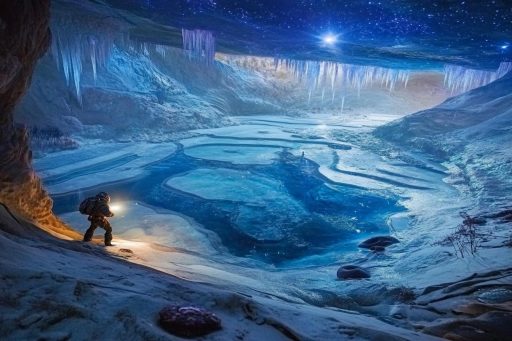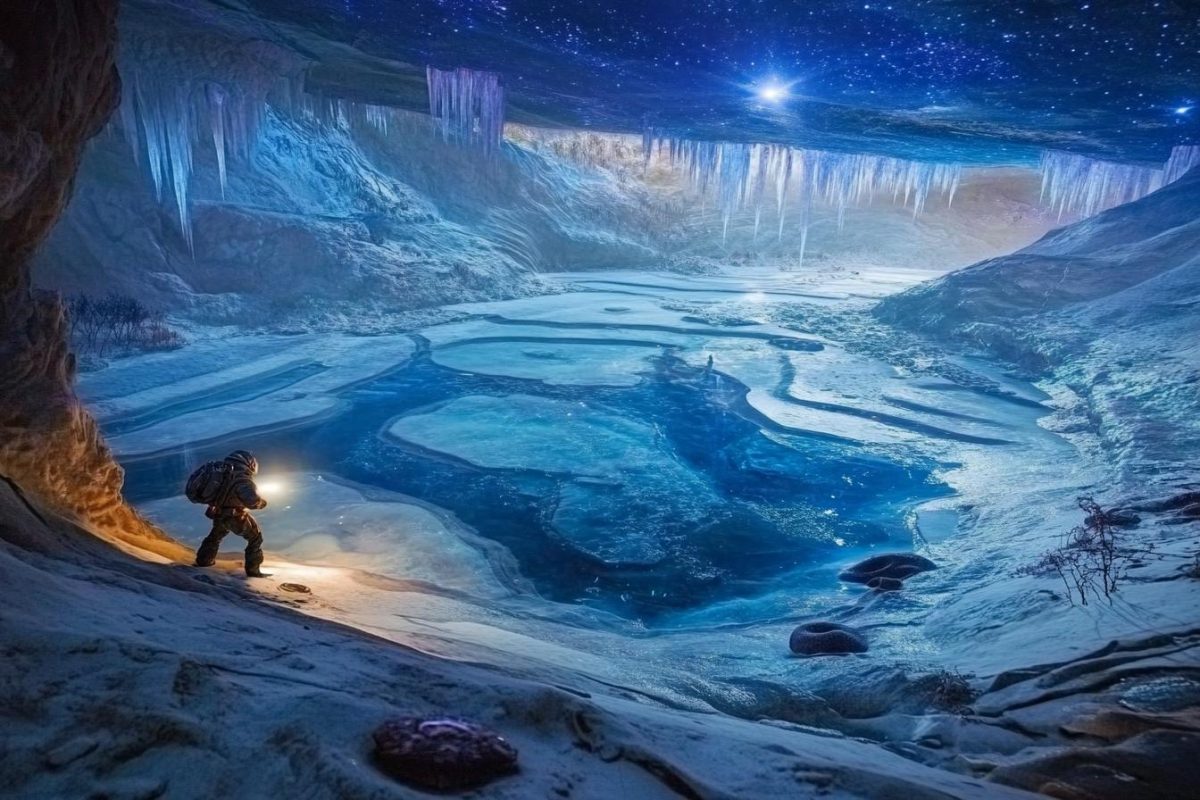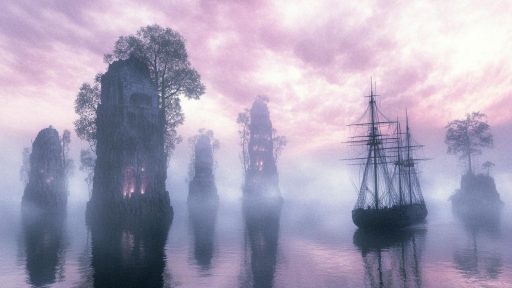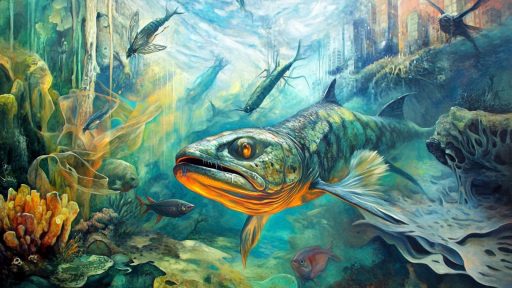
Beneath layers of ancient ice lie concealed lakes, untouched by sunlight for millions of years. These isolated environments could hold the key to understanding life in extreme conditions—not just on Earth, but possibly on distant worlds as well. Locked away beneath glaciers and polar deserts, these hidden waters may host organisms unlike anything we’ve ever seen. What scientists are finding deep below the ice is beginning to blur the line between Earthly biology and extraterrestrial potential.
Lake Vostok, Antarctica

Buried beneath over two miles of Antarctic ice, Lake Vostok is one of Earth’s largest subglacial lakes—and one of its most mysterious. Scientists believe it has been sealed off for millions of years, creating the perfect conditions for unique microbial life to evolve. Initial studies have found signs of bacteria unlike any known species, sparking theories that it may be a mirror to environments on Europa or Enceladus. The lake remains largely unexplored, hidden in a realm where alien-like life could thrive.
Lake Mercer, West Antarctica

Only recently accessed by scientists, Lake Mercer lies trapped beneath nearly 4,000 feet of ice. It had never been touched by humans until a daring expedition drilled through the glacier in 2019. Though limited samples have been collected, early signs suggest microbial ecosystems might survive in its frigid, dark waters. If life can persist here, it gives hope for life in similar ice-covered oceans beyond Earth.
Lake Whillans, Antarctica

Lake Whillans stunned researchers when they discovered living microbes in its isolated depths, beneath 2,600 feet of ice. These life forms survive without sunlight, feeding off minerals and chemical reactions instead of photosynthesis. It’s a real-life model for how life could exist in the subsurface oceans of icy moons. What else might lie undisturbed in its pitch-black waters?
Subglacial Lake CECs, Chilean Andes

Hidden beneath glaciers in the remote Chilean Andes, this lesser-known subglacial lake system is a dark horse in the search for alien analogs. With conditions mirroring Martian polar regions, it’s an ideal location to study extremophiles—organisms that thrive in hostile conditions. Few expeditions have reached it, and even fewer have explored its microbial secrets. The unknowns lurking in this icy realm could be revolutionary.
Lake Ellsworth, Antarctica

Lake Ellsworth has long fascinated astrobiologists due to its isolation and high pressure environment beneath over two miles of Antarctic ice. Though an initial attempt to drill into the lake failed, new efforts are underway to access its waters and search for life. Scientists hope it holds complex microbial ecosystems that could mirror those under the icy crusts of moons like Europa. Its untouched depths could change everything we know about survival beyond Earth.
Grímsvötn Subglacial Lakes, Iceland

Beneath the ice cap of one of Iceland’s most active volcanoes lies a network of subglacial lakes that fluctuate with geothermal activity. This dynamic system combines heat and isolation, offering a rare laboratory for life in extreme environments. Volcanic gases and warm water mix in ways that mimic hydrothermal vents believed to exist beneath otherworldly oceans. Could alien-like life be bubbling up beneath the frozen surface?
Lake Untersee, East Antarctica

This bizarre, ice-covered lake never fully freezes despite brutal Antarctic temperatures, thanks to unique chemical compositions and geothermal influences. The lake hosts strange microbial mats that form without sunlight, relying instead on sulfur and hydrogen—much like theoretical Martian life might. Some researchers even call it a “Mars on Earth,” making it a prime analog site for extraterrestrial research. The more we study it, the more it defies expectations.
Lake Hodgson, Antarctic Peninsula

Though relatively shallow compared to others, Lake Hodgson was sealed under ice for over 10,000 years before being accessed. Microbial life discovered here has survived in near-total isolation, providing a rare look at how biology adapts in extreme cold and darkness. Its simple, hardy organisms may hold evolutionary secrets relevant to astrobiology. This modest lake may be small—but its implications are vast.
Subglacial Lakes Beneath Greenland

Recent satellite data revealed dozens of subglacial lakes beneath Greenland’s ice sheet, previously thought to be solid throughout. These newly discovered lakes represent a hidden frontier, with conditions potentially ideal for extremophiles. Their depth, isolation, and frigid temperatures provide a testbed for life in environments once thought inhospitable. They may be Earth’s newest—and coldest—clues in the search for alien life.
Beneath the Ice, the Universe Whispers

These frozen lakes challenge our understanding of where life can exist and how it might evolve. Beneath miles of ice, in total darkness and brutal cold, life seems not only possible—it may be thriving. If Earth can harbor such resilience in its most extreme environments, what alien secrets might be waiting beneath the surfaces of distant moons and planets? The real frontier may not be above us, but hidden beneath our feet.





